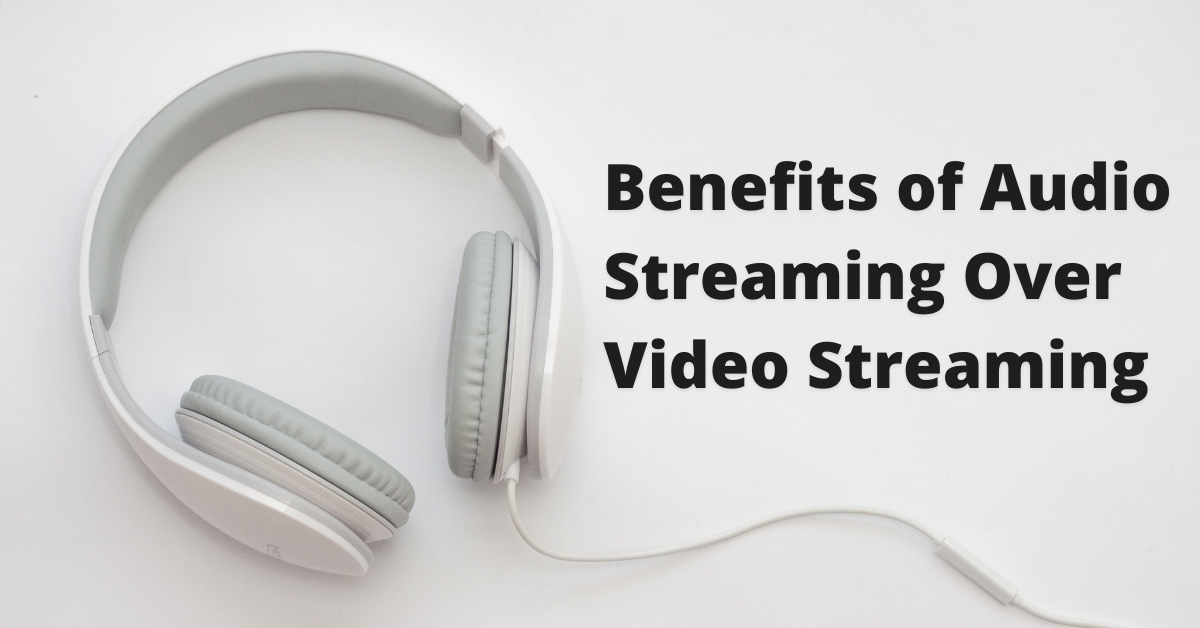In the beginning
In the good old days of file sharing, you had to sit around and wait, as the computer and internet connection took its dear time to download something. Even if you had a top-of-the-line desktop with a fast internet connection, this could take hours. Then there were other issues such as the limits the internet provider put on your service, data-wise. On top of all this, there is the issue of copyright. This was the basic scenario for downloading audio or video files. Then came streaming technology, one of the biggest game-changers as far as the internet of things was concerned.
Without getting too deep into the woods about it, streaming is a technology that allows you to view videos or listen to music, without having to download it. It is the computer’s version of turning on the radio. Once the broadcast is finished, that is the end of it. If you want it again, you have to re-stream it from its source, or “broadcast station”, in this case, it is a server. Therefore, it goes without saying that a constant internet connection is needed to play and re-play a stream.
Advantages and Disadvantages
Audio streaming has not only become very popular for those who want to listen to music or podcasts, it is popular as a marketing tool also. And there is nowhere this trend is more evident than on websites. Whether the website is set up to sell something or to create social awareness, using audio has become very important. This is because people have short attention spans, but if there is something to listen to, the viewer is more likely to stay. But it is not only for websites. Audio files are also used in webcasts and e-brochures. Some may question the validity of all this and say “well with videos you can see also”. This may be true but the biggest advantage audio files will have over video files are bandwidth issues. A video file will have more information to be broadcast, therefore, more bandwidth will be needed. And until some unforeseen technology comes along, this will always be the case. Not only that, when someone is looking at a website a video can be distracting, or even obnoxious.
Then there is the issue of cost. An audio file is much cheaper to make and broadcast. All you need is a microphone and some basic software associated with it and you are good to go. With video, good quality cameras will be needed, which are not cheap. After filming, the video will need to be edited, again not very cheap. And finally, the video will need to be stored. Video files by nature take up much more storage space than audio files. In this day and age of cloud computing, this is a big deal since cloud computing is all about the efficiency of space. In fact, before the internet, especially since broadband internet became the hot medium it is today, the only way to send someone a video was to send the actual CD or DVD. It is worth noting that even today this form of communication is still in use, because of the above-mentioned reasons.
In Conclusion
If you were to discuss the advantages and disadvantages of audio vs video streaming, you could go on all day. Therefore, it is important to stick to the main points. At its core, audio technology is just simpler and cheaper to do, compared to a video. For small businesses that need to get the message out there, this could be very important. In fact, companies that make a lot of videos for streaming will have entire departments dedicated to it. It doesn’t take an IT professional to figure out that this is very expensive.



